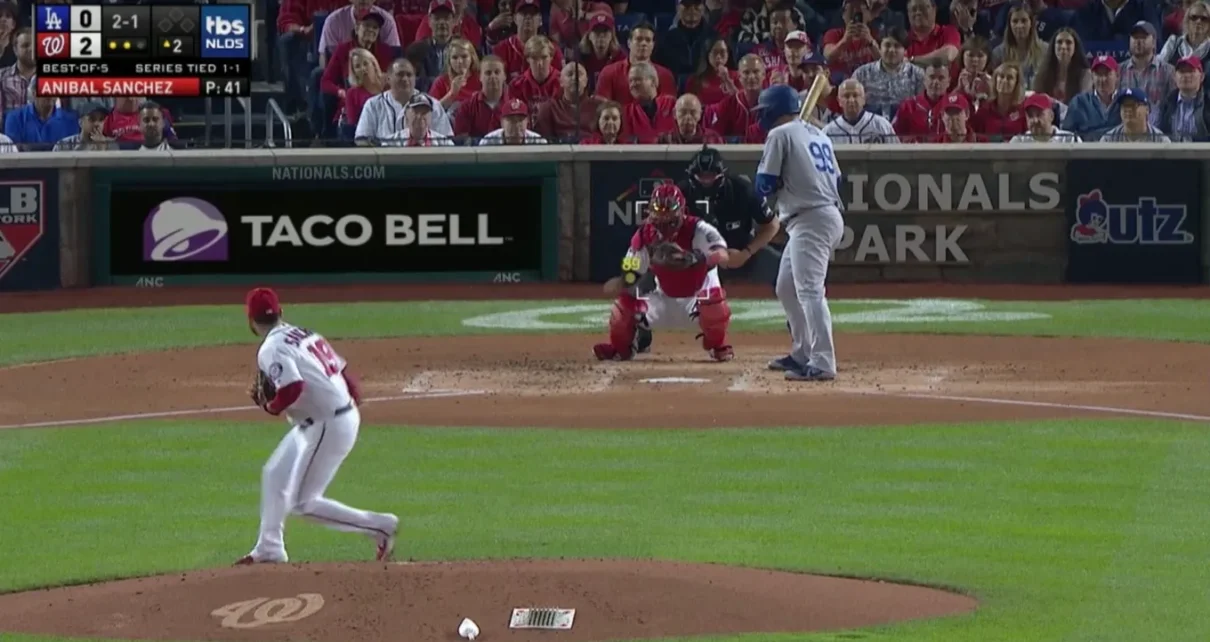When baseball first appeared on television, the viewing experience differed from what we see today. In the early days, broadcasts were simple. Cameras showed the game as it happened, with little extra information on the screen. This basic approach was the norm for many years, but as technology improved, so did the way we watch baseball on TV. These early graphics were straightforward. They might show the score, inning, and sometimes the players’ names at bat. Even with these improvements, the graphics were still limited compared to today’s.
-
Rise of the score bug
A significant change came with the introduction of the score bug. This small graphic, usually in the corner of the screen, showed the score, inning, and other essential information throughout the game. The score bug was a game-changer because viewers could see important information at any time without waiting for an announcer to mention it.
-
Player statistics and information
As computers became more powerful, broadcasters could show more detailed player information. Graphics began to include batting averages, home run counts, and pitching statistics. These stats would appear when a player came to bat or a new pitcher entered the game.
-
Pitch tracking and speed
One of the most significant advancements in baseball graphics was the introduction of pitch tracking. This technology allows viewers to see the speed of each pitch and its path to the plate. Graphics show whether a pitch is a fastball, curveball, or another type.
-
Strike zone displays
Based on pitch tracking, broadcasters began showing the strike zone on screen. This graphic overlay shows viewers where pitches cross the plate. It helps fans see if a pitch is a strike or a ball, even if the umpire’s call is different.
-
Augmented reality in broadcasts
Some broadcasts now use augmented reality to enhance the viewing experience. This technology allows broadcasters to add virtual elements to the live image. For example, they might show a virtual line to indicate how far a home run travelled. In recent years, services like 복구티비 have become part of the baseball viewing landscape. These platforms allow fans to watch games and access information, sometimes providing unique graphics or data presentations.
-
Interactive graphics for viewers
Some modern broadcasts offer interactive features for viewers. Fans watching on smart TVs or streaming devices can sometimes access additional information by clicking on players or other broadcast elements. Baseball broadcast graphics now often include social media elements. For example, broadcasts might show tweets from fans, poll results, or hashtags related to the game.
-
Advanced statistical analysis
As analytics have become more important in baseball, broadcasts have included more advanced statistics. Graphics might show things like launch angle for home runs, exit velocity for hits, or win probability throughout the game.
While not directly related to game information, the evolution of graphics has also changed how advertising appears in broadcasts. Virtual ads can be inserted into the broadcast, appearing as part of the stadium but visible only to TV viewers. This technology allows for more dynamic advertising that can change from game to game or even during a single broadcast. With all these advancements, broadcasters face the challenge of balancing information with the viewing experience. Too many graphics can clutter the screen and distract from the game itself.





